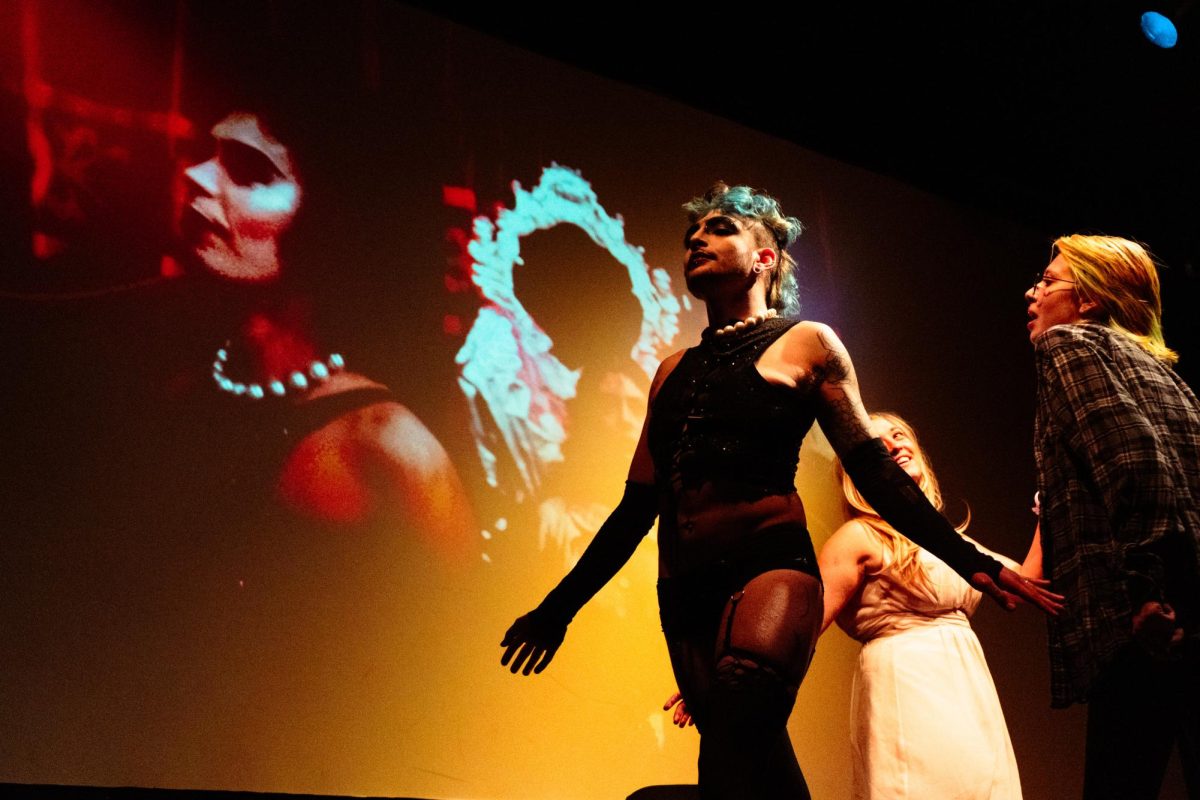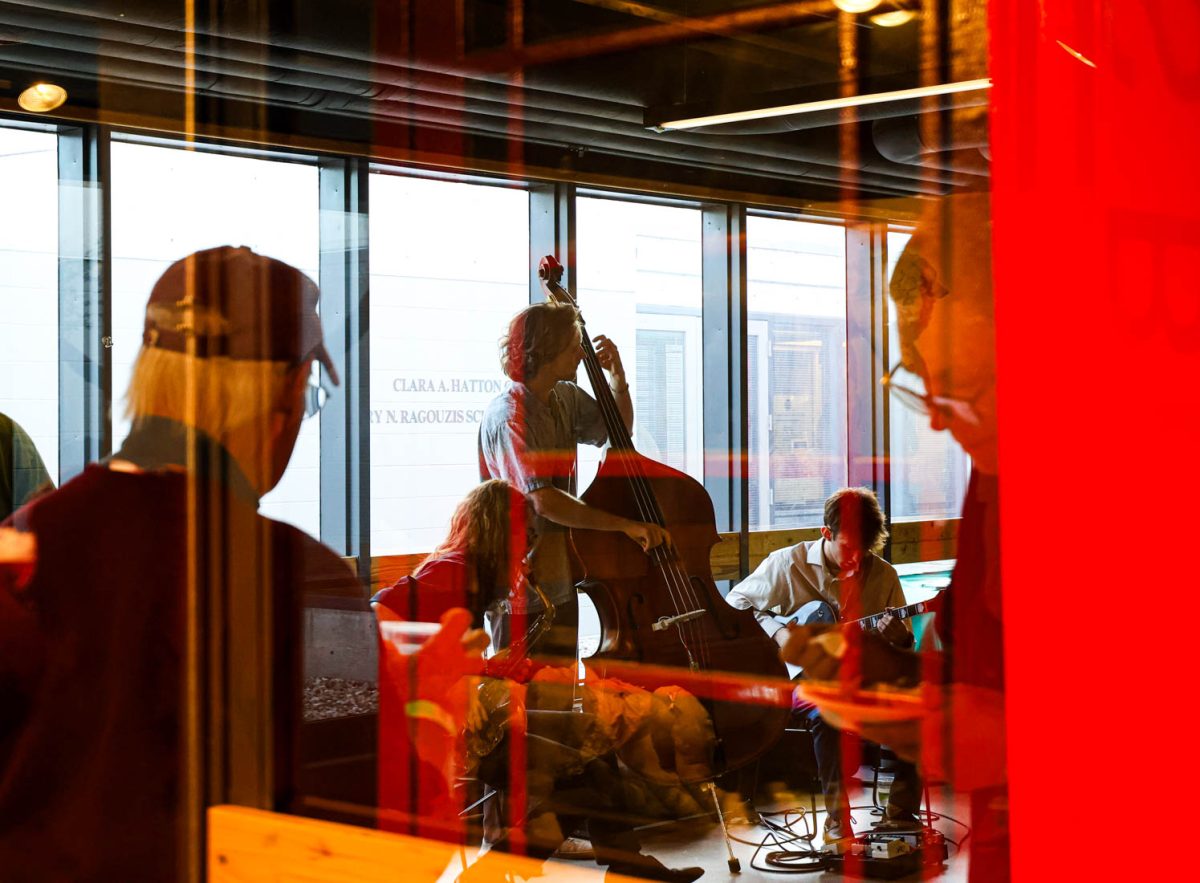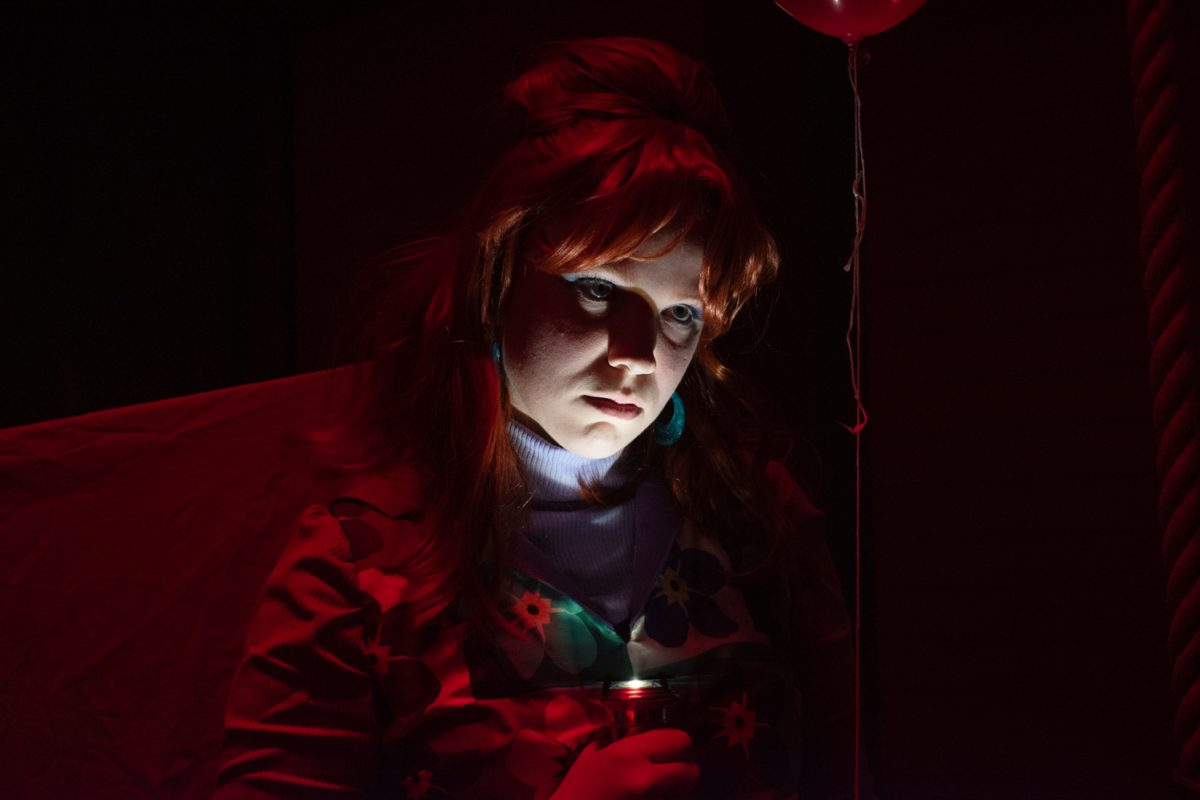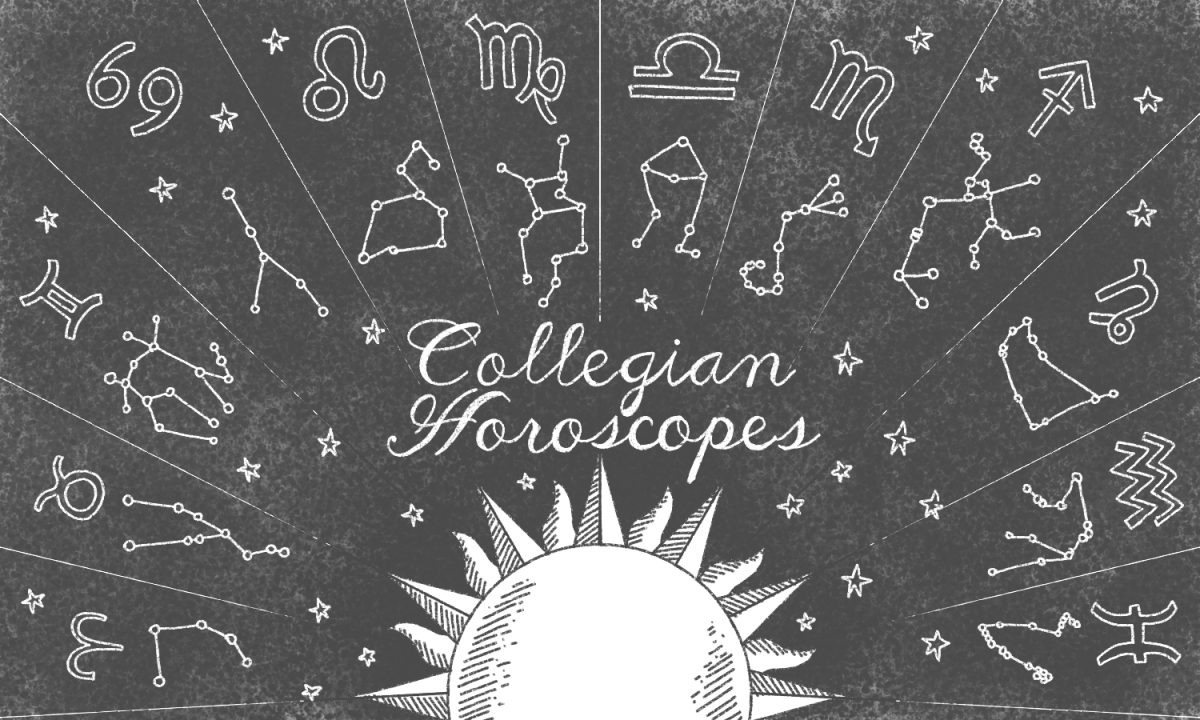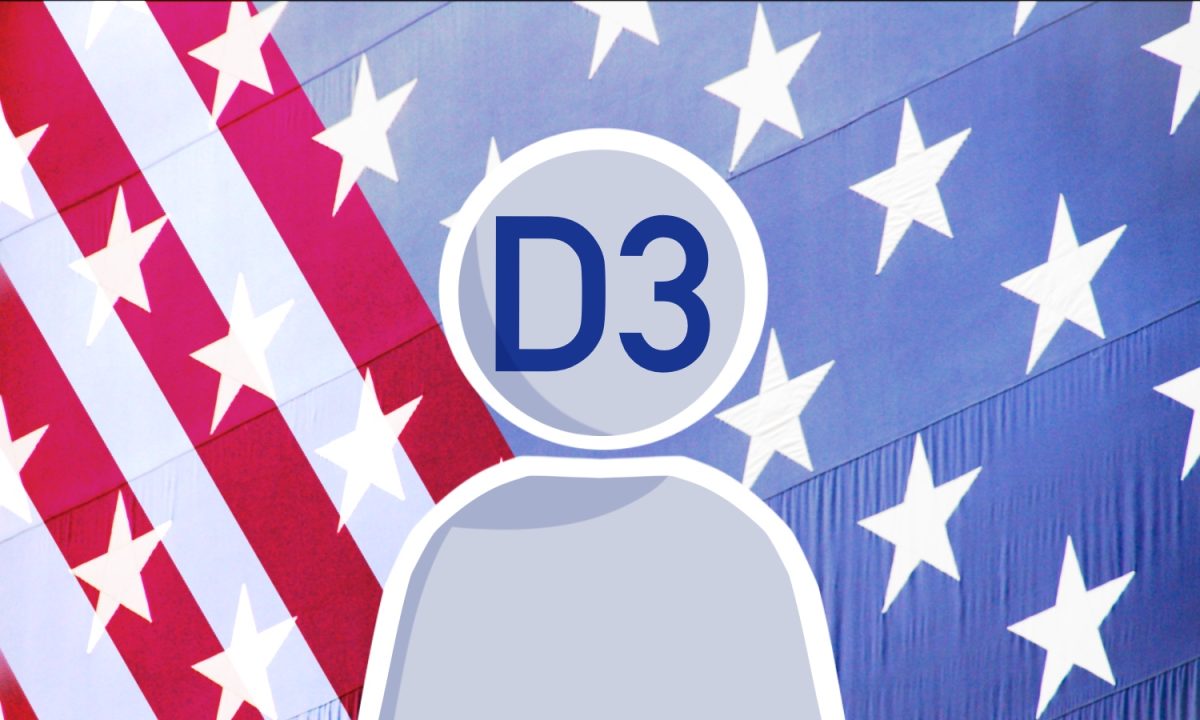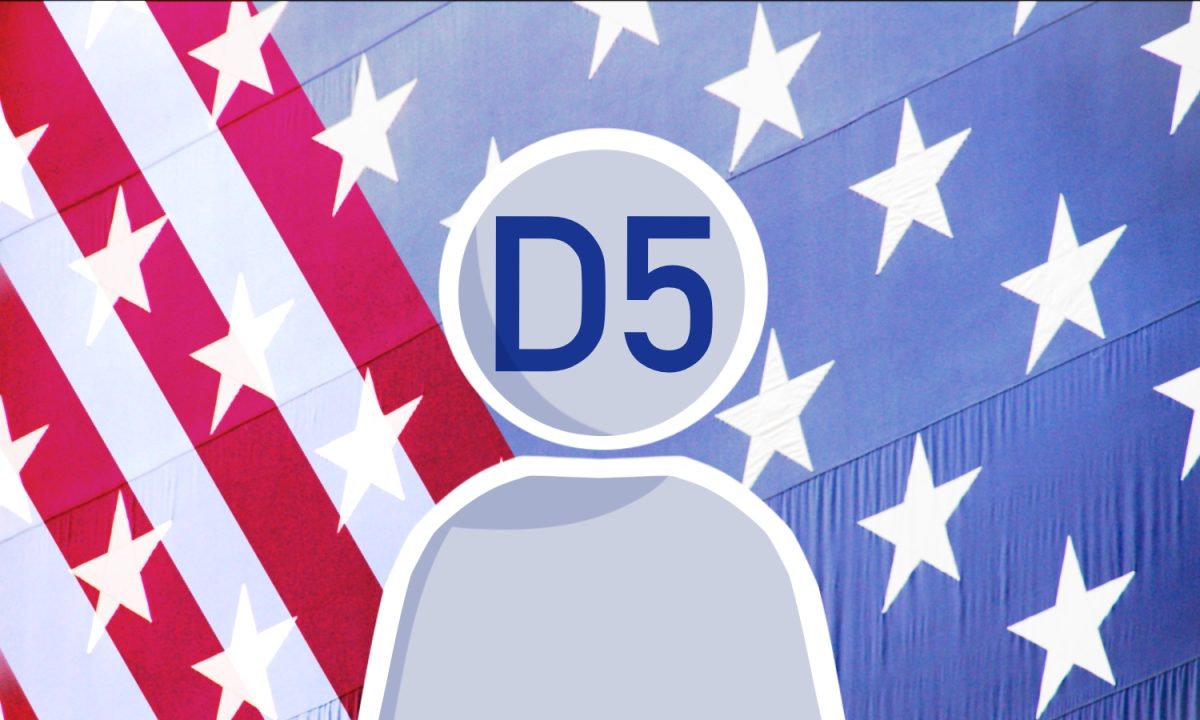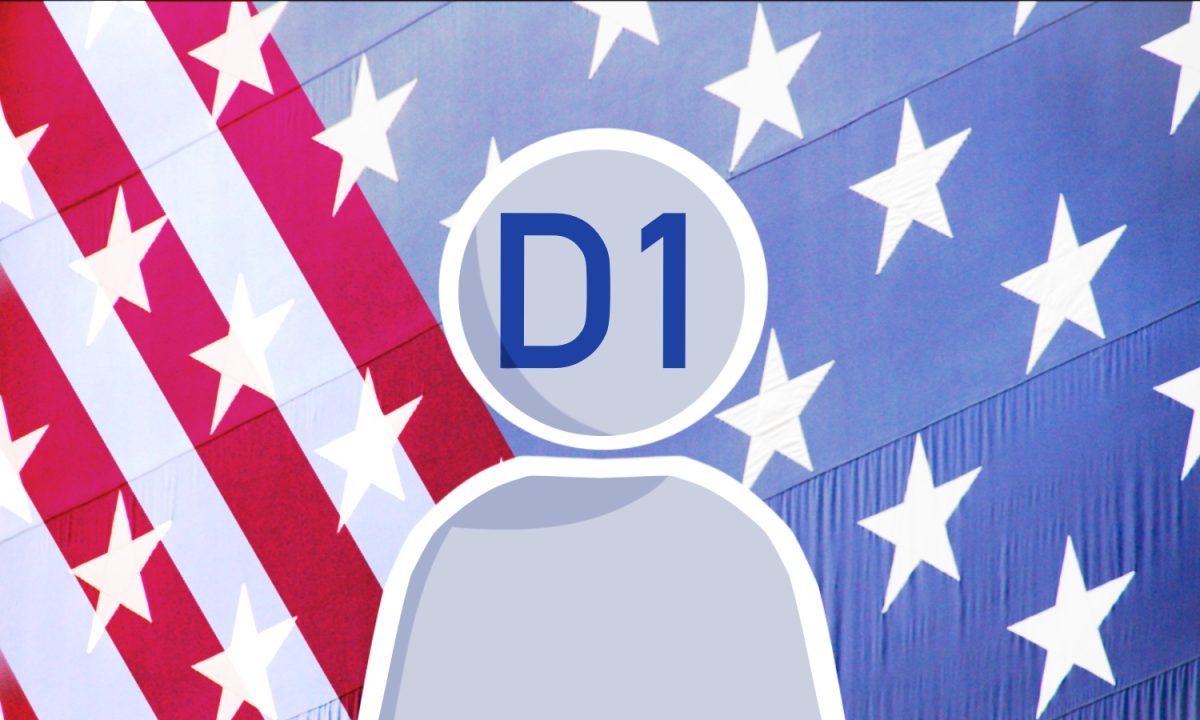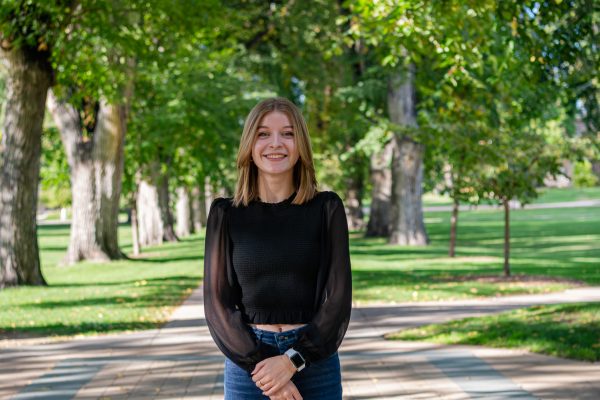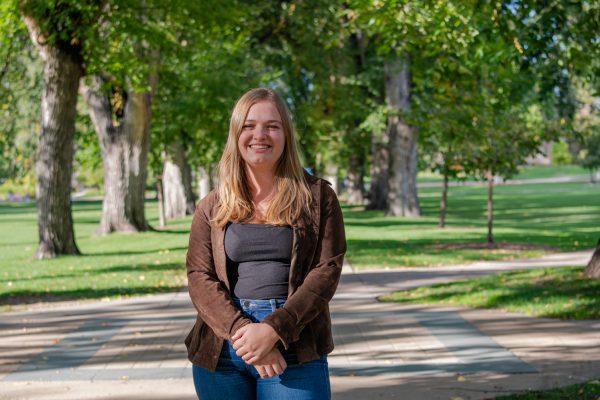I would like, if I may, to take you on a strange journey. How strange was it, you ask? So strange they made a movie about it.
But first, there was Richard O’Brien’s 1973 musical “The Rocky Horror Show,” which was adapted into the film “The Rocky Horror Picture Show” in 1975. It’s a story of queerness and liberation — with hints of cannibalism and aliens.
The story follows new fiances Brad Majors (Barry Bostwick) and Janet Weiss (Susan Sarandon) as they stumble upon a castle of sultry horrors and learn the definition of temptation when they meet Dr. Frank-N-Furter (Tim Curry), a mad scientist with a lust for creation.
“The community is amazing; it’s so much fun; it really brings out part of you, even if you don’t really realize it’s there. And I feel like I’m truly finding the most authentic form of myself through the medium of doing ‘Rocky.'” –Poly Amour, No Picnic cast member
While it flopped at the box office, “The Rocky Horror Picture Show” became a popular midnight movie for niche audiences who kept coming back because the movie resonated with them. The film itself is only part of the experience: It was the midnight showings that grew the “Rocky Horror” cult following as dressing up in costume, playing the soundtrack through before the movie and audiences performing the scenes in front of the screen quickly became hallmarks of the event.
“It was a safe space for queer people back in the ’70s and ’80s when the AIDS crisis was going on,” said Deathwake, a member of Fort Collins “Rocky Horror” shadow cast No Picnic. “Queer people had to form their own communities because our greater community wasn’t taking care of us.”
Now “Rocky Horror” showings around the world include a preshow and a cast performance of the entire film while it plays, but the actors aren’t the only stars of the show; “Rocky Horror” is an interactive audience experience involving callbacks and props that play off of the events of the film. The average theater performance doesn’t involve yelling, “Asshole!” and, “Slut!” at the main characters throughout their show, but “Rocky Horror” isn’t average.
“The movie theater is supposed to be a place where you’re supposed to be quiet and paying attention to the movie, and this is that one movie where that’s not what you’re supposed to do at all,” said Thorn Bud, a No Picnic cast member.
It’s rumored that the first audience interaction with the film is when someone yelled, “Buy an umbrella, you cheap bitch!” when Weiss opts to cover her hair with a newspaper during a rainstorm. Props are also a quintessential part of the viewing experience, from mimicking Weiss’ use of newspaper to hurling toilet paper or playing cards across the theater.
“Rocky Horror” became a cult classic by getting made fun of; it’s camp, it’s subversive and viewers have accumulated enough callbacks to guarantee you won’t understand the already-nonsensical plot for your first several run-throughs.
And yet the queer community has claimed “Rocky Horror,” and its depictions of sex and nonconformity are more celebrated now than they were at the film’s premiere. How does this Frankenstein-esque horror hodgepodge unite viewers, and why is it a cult classic going on 50 years of fame? The answer lies in the sense of community it invites.
“It was the first time I had truly felt accepted for who I was — nobody cared what size I am; nobody cared what kind of outfit I was wearing,” said Fynn Kleppe, a No Picnic cast member who also goes by the stage name Sock Puppet. “We were all so focused on our common interest of ‘Rocky’ that there was instant community, almost, even if it was just for that one night.”
The commonality of laughing at bad acting, dressing up in Curry’s makeup and corset and learning the callbacks all constitute an inexplicable feeling of liberation associated with “Rocky Horror.” At once, it’s a creative outlet, a raunchy night out and a queer celebration that keeps you coming back to experience the next one.
“There’s something so fun about getting to do this with a group of people that I love and care about so much, and it really translates onstage for us, and I think that’s why people love coming to our shows,” Deathwake said. “We create safe spaces for not only queer people but everybody because we want people to feel like they can be themselves and live authentically.”
Many of the No Picnic shadow cast members were first introduced to the show via word of mouth. The cycle of roping in friends is part of the addictive fun of “Rocky Horror.” Attendees new to the show are dubbed “virgins” and receive lipsticked V’s on their foreheads at their first show. But don’t worry: “Rocky Horror” performers treat virgins well.
Prop bags are sold and explained at No Picnic’s shows, and each performance opens with a disclaimer emphasizing the importance of consent. As much ridiculous, raunchy fun as the actors like to have with each other and the audience, “Rocky Horror” is a place of acceptance, letting loose and belonging above all else. The No Picnic cast emphasized that they are always welcoming new members.
“Whether this is something you want to do long term or even just a couple of shows, I think it’s an experience that any queer person should at least maybe try,” said Poly Amour, a No Picnic cast member who just celebrated their 10-year anniversary of performing “The Rocky Horror Picture Show.” “The community is amazing; it’s so much fun; it really brings out part of you, even if you don’t really realize it’s there. And I feel like I’m truly finding the most authentic form of myself through the medium of doing ‘Rocky.'”
No Picnic will be performing “The Rocky Horror Picture Show” at The Lyric June 7, July 12 and Aug. 16 this summer, with more shows closer to Halloween. June 7 will be No Picnic’s Pride show and promises to sell out, so the cast recommended purchasing tickets soon. Audience members need to be at least 18 years old to attend “Rocky Horror” at The Lyric.
Reach Lauren Pallemaerts at entertainment@collegian.com or on Twitter at @lpallemaerts.



